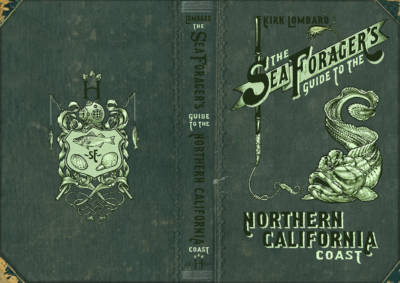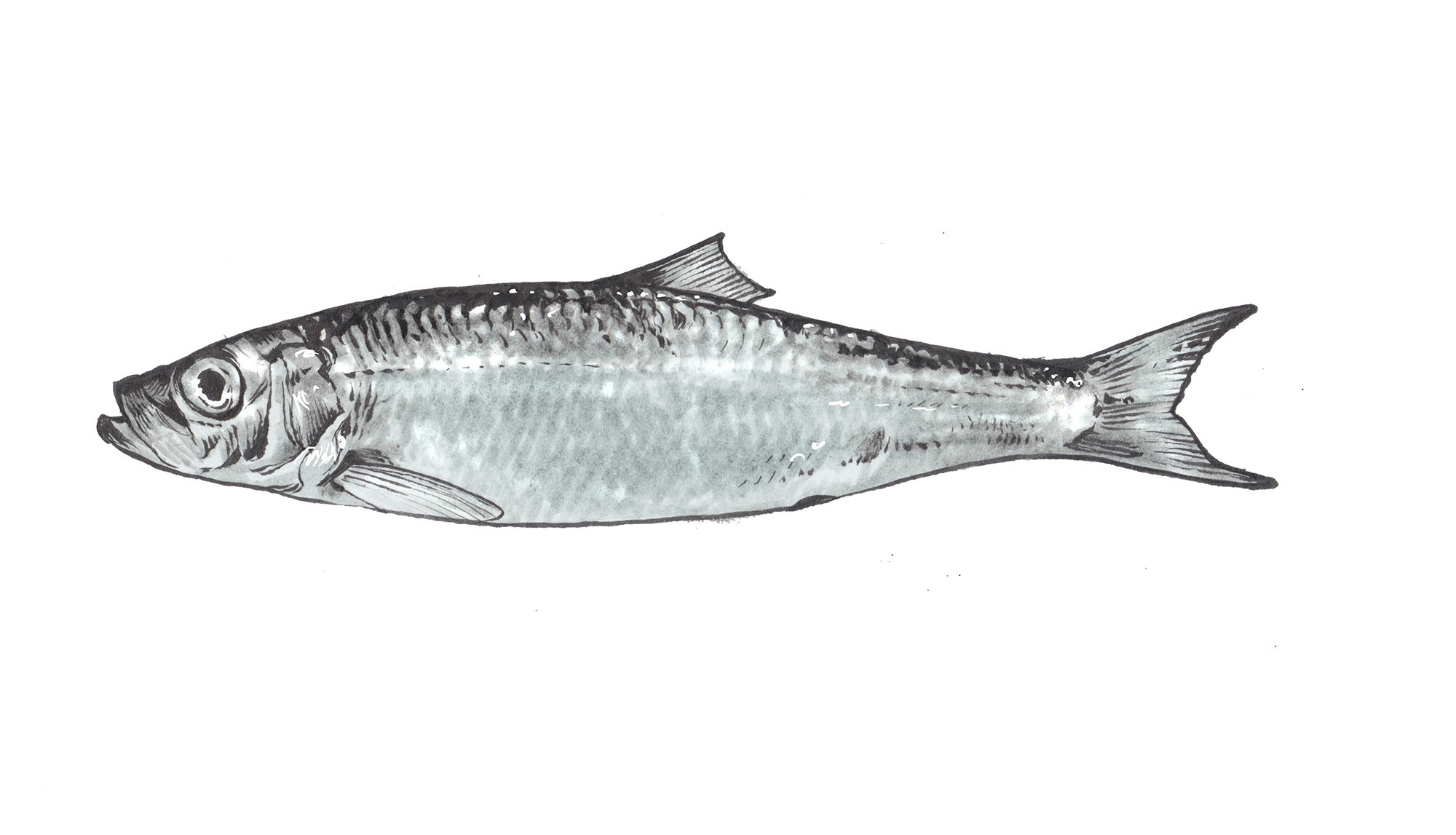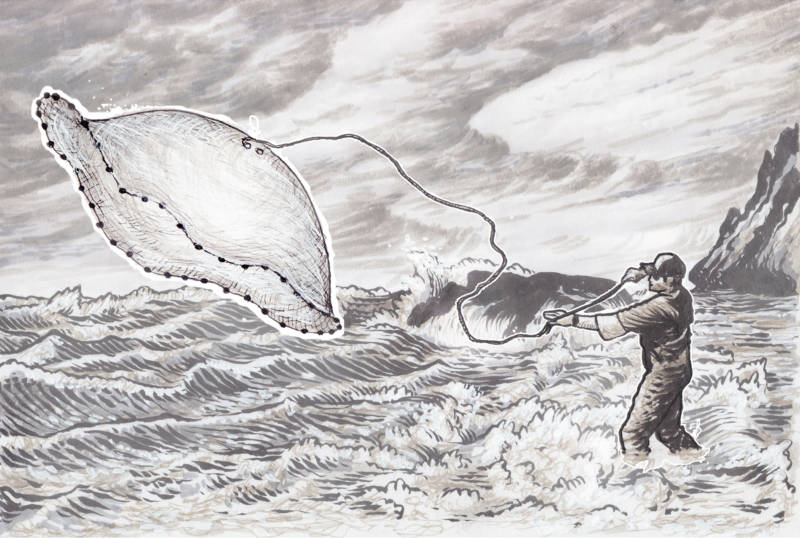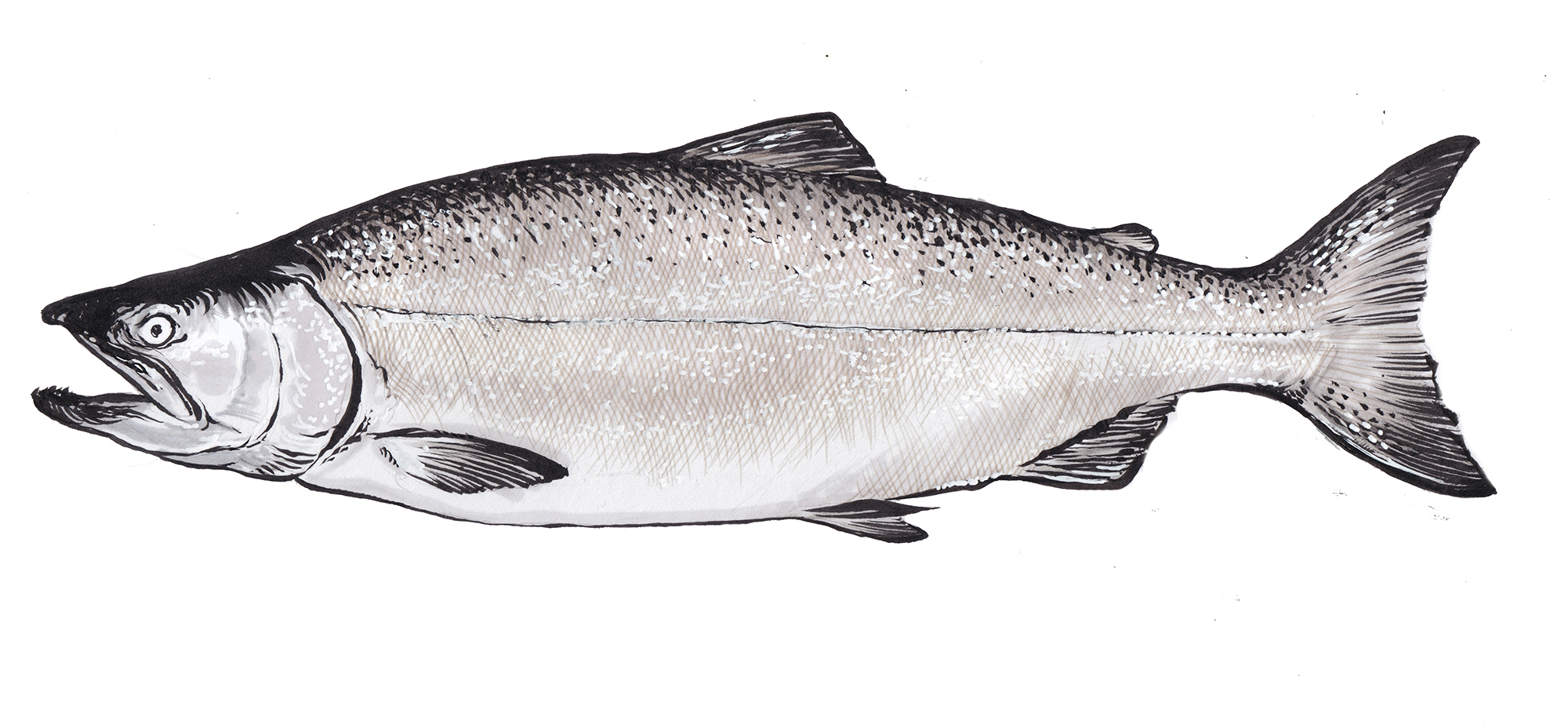Now, you can love your seafood and eat it, too. But first, you'll have to catch it. Fisherman Kirk Lombard's new book, The Sea Forager's Guide to the Northern California Coast, teaches the art, science, ethics and wisdom of fishing for your next meal in the ocean. Through wit, poetry and anecdotes, Lombard makes the case that the sincerest stewards of wild sea creatures are often those who intend to have them for dinner.

Lombard has been a San Francisco Bay Area commercial fisherman for years, and he has helped create small but profitable niche markets for relatively less popular things like surf smelt, monkeyface eels, seaweed and fresh Pacific herring. Lombard runs the well-known Sea Forager tours. He takes small groups of customers on forays to the seashore, where he teaches them how to fish and forage, while encouraging them to harvest in moderation, follow state fishing regulations, and generally respect intertidal sea creatures and their habitats.
The Sea Forager's Guide, coming out this month, boils much of Lombard's tour guide philosophy down into a compact paperback. In its pages, which include beautiful black-and-white illustrations by Leighton Kelly, Lombard asks foragers and fishermen to be observant "citizens" of the intertidal food web, not just greedy "consumers." He promotes the take of creatures that are low on the food chain and thus naturally abundant, like anchovies, seaweed and clams. Lombard suggests avoiding areas heavily impacted by others and taking only mature fish that have had a chance to breed.
Lombard bestows particular love on the Pacific herring, which spawn in West Coast estuaries each winter by the millions. These events, Lombard writes, are spectacular shows of abundance, thousands of crying birds, feasting marine mammals and joyful fishermen.

"[T]here are few natural events that occur inside an urban estuary that are as deeply awesome and life affirming as a herring spawn," Lombard writes.

